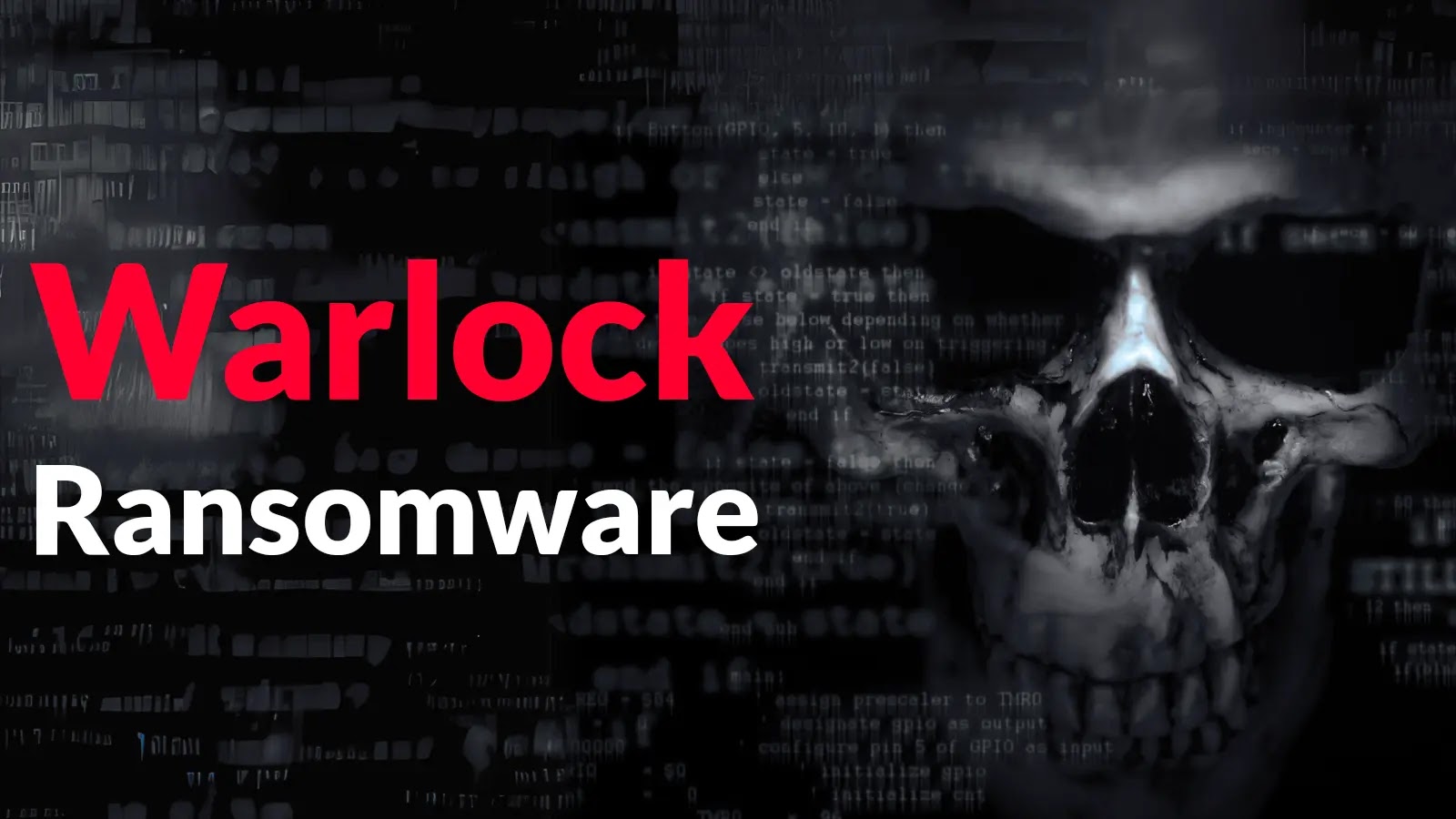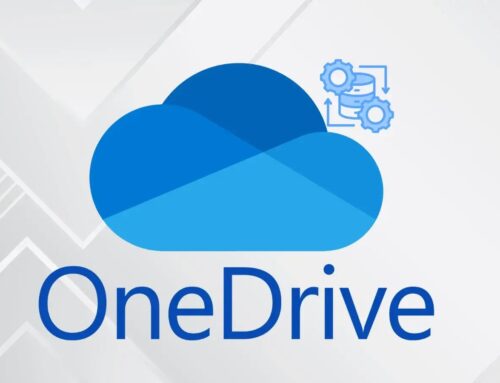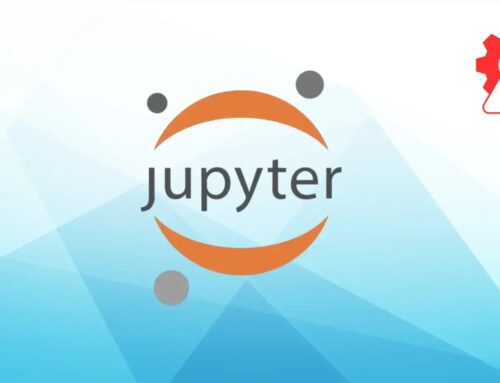
Warlock Ransomware Exploiting SharePoint Vulnerabilities to Gain Access and Steal Credentials
Warlock Ransomware Exploiting SharePoint Vulnerabilities: A Grave Threat to Enterprise Security
In recent weeks, a new and aggressive ransomware strain dubbed Warlock has emerged, sending ripples of concern through the cybersecurity community. This sophisticated threat is specifically targeting and weaponizing unpatched Microsoft SharePoint servers to infiltrate enterprise networks, gain unauthorized access, and ultimately steal critical credentials. The rapid deployment and targeted nature of Warlock underscore the urgent need for organizations to reassess their SharePoint security postures.
The Modus Operandi of Warlock Ransomware
Initial analyses reveal a concerning attack vector for Warlock ransomware. Threat actors are exploiting publicly exposed SharePoint instances through specially crafted HTTP POST requests. This initial breach allows for the deployment of persistent web shells, granting remote code execution capabilities within the target environment. Once a web shell is established, the attackers can then proceed to navigate the network, escalate privileges, and exfiltrate sensitive data, including crucial user credentials. The focus on SharePoint as an initial access point highlights a strategic shift by ransomware operators, leveraging a widely adopted enterprise collaboration platform as a primary attack vector.
While the specific Common Vulnerabilities and Exposures (CVE) IDs exploited by Warlock are still under active investigation and analysis by security researchers, the pattern points to unpatched or misconfigured SharePoint servers. Organizations must be vigilant and proactive in identifying and remediating any known SharePoint vulnerabilities that could be weaponized. Historically, SharePoint has been a target for various exploits due to its extensive functionalities and data access. For instance, past vulnerabilities such as code execution flaws or authentication bypasses could provide Warlock actors with the initial foothold they seek.
Understanding the Impact: Data Breaches and Operational Disruption
The impact of a successful Warlock ransomware attack extends far beyond data encryption. By gaining access and stealing credentials, threat actors can achieve multiple malicious objectives:
- Data Exfiltration: Sensitive corporate documents, intellectual property, and user data stored within SharePoint are at high risk of being stolen and potentially sold on the dark web or used for further extortion.
- Credential Theft: Compromised credentials for SharePoint administrators or users can provide attackers with broad access to other interconnected systems and applications within the enterprise network, enabling lateral movement and escalating the attack’s scope.
- System and Data Encryption: The ultimate goal of Warlock, as with other ransomware, is to encrypt critical files and systems, rendering them inaccessible. This leads to severe operational disruption, financial losses due to downtime, and potential reputational damage.
- Supply Chain Attacks: If a compromised SharePoint server belongs to a supplier or partner, it could serve as a pivot point for launching attacks against other organizations in the supply chain.
Remediation Actions: Fortifying Your SharePoint Environment
Defending against Warlock and similar threats requires a multi-layered and proactive approach to SharePoint security. Organizations must prioritize the following remediation actions:
- Immediate Patching: Ensure all Microsoft SharePoint servers are fully patched with the latest security updates. Implement a robust patch management program that prioritizes critical and high-severity vulnerabilities. Regularly review Microsoft’s security advisories and promptly apply recommended patches.
- Network Segmentation: Isolate SharePoint servers from other critical network segments. This limits lateral movement even if an initial breach occurs. Implement firewall rules to restrict traffic to and from SharePoint instances to only necessary ports and protocols.
- Strong Authentication and Authorization: Enforce multi-factor authentication (MFA) for all SharePoint accounts, especially for administrative users. Implement the principle of least privilege, ensuring users only have access to the resources absolutely necessary for their roles. Regularly review and revoke unnecessary permissions.
- Web Application Firewall (WAF): Deploy a WAF in front of publicly accessible SharePoint servers. A WAF can detect and block malicious HTTP POST requests, web shell deployments, and other common web-based attacks. Configure the WAF to specifically scrutinize and block suspicious requests targeting SharePoint functionalities.
- Intrusion Detection/Prevention Systems (IDS/IPS): Implement and configure IDS/IPS solutions to monitor network traffic for suspicious activity, known attack signatures, and indicators of compromise (IoCs) associated with web shell activities or credential exfiltration attempts.
- Regular Security Audits and Penetration Testing: Conduct frequent security audits and penetration tests on your SharePoint infrastructure. These exercises can help identify misconfigurations, unpatched vulnerabilities, and potential attack paths before adversaries exploit them. Specifically focus on testing for web shell deployment and remote code execution vulnerabilities.
- Endpoint Detection and Response (EDR): Deploy EDR solutions on servers hosting SharePoint. EDR can monitor for anomalous process execution, file modifications associated with web shells, and suspicious network connections originating from the server.
- Backup and Recovery Strategy: Maintain frequent, air-gapped, and immutable backups of all critical SharePoint data. Regularly test your backup and recovery procedures to ensure business continuity in the event of a ransomware attack.
- Employee Training: Educate users and administrators about social engineering tactics, phishing attempts, and the importance of reporting suspicious activities. A human error can often be the initial point of compromise.
CVEs and Related Vulnerabilities to Watch For
While specific CVEs for Warlock’s current campaign are emerging, organizations should be particularly wary of and actively patch vulnerabilities in SharePoint that allow for:
- Remote Code Execution (RCE)
- Authentication Bypass
- Privilege Escalation
- Information Disclosure leading to credential harvesting
For example, past SharePoint vulnerabilities (e.g., CVE-2020-16952, CVE-2023-24955, or specific vulnerabilities associated with deserialization attacks) could provide the initial access Warlock seeks. Regularly consult the Microsoft Security Response Center (MSRC) for the latest advisories.
Tools for Detection and Mitigation
| Tool Name | Purpose | Link |
|---|---|---|
| Microsoft Defender for Endpoint | Endpoint Detection and Response (EDR) for server monitoring and threat detection. | https://www.microsoft.com/en-us/security/business/microsoft-defender-for-endpoint |
| Nessus / OpenVAS | Vulnerability scanning for identifying unpatched SharePoint versions and misconfigurations. | https://www.tenable.com/products/nessus http://www.openvas.org/ |
| Cloudflare WAF / Azure Front Door WAF | Web Application Firewall to filter malicious HTTP requests to SharePoint. | https://www.cloudflare.com/waf/ https://learn.microsoft.com/en-us/azure/web-application-firewall/ |
| Sysmon | Advanced system monitoring for detecting web shell activity and suspicious process creation. | https://learn.microsoft.com/en-us/sysinternals/downloads/sysmon |
| PowerShell cmdlets for SharePoint | For auditing and managing SharePoint security settings and permissions. | https://learn.microsoft.com/en-us/powershell/module/sharepointserver/?view=sharepoint-ps |
Key Takeaways and Proactive Defense
The rise of Warlock ransomware is a critical reminder that collaboration platforms like Microsoft SharePoint remain high-value targets for cyber adversaries. Their deep integration into enterprise operations and rich data repositories make them attractive entry points for sophisticated attacks. Organizations must move beyond reactive security measures and adopt a robust, proactive defense strategy emphasizing continuous vulnerability management, strong access controls, network segmentation, and advanced threat detection. Prioritizing the security of publicly exposed assets, swift patching, and comprehensive incident response planning are paramount to defending against novel threats like Warlock and safeguarding organizational integrity.





